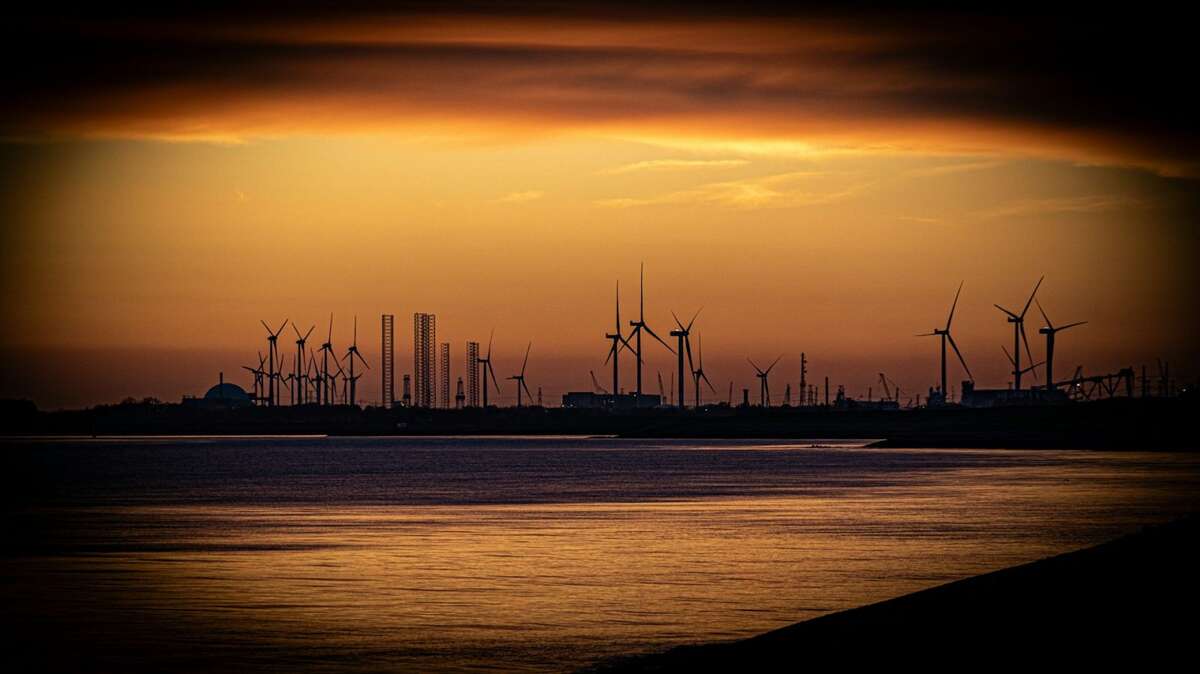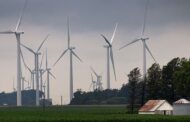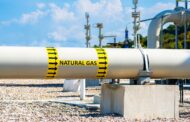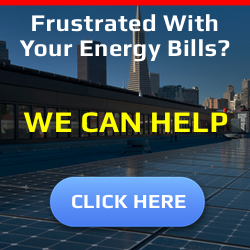President Donald Trump and his administration have issued executive orders impacting wind power’s future. Workers in energy and construction must pay attention to these developments, as the buildout of renewable power and wind infrastructure will undergo alterations. What are the goals of these executive orders, and how will they affect clean power generation?
The Executive Orders Behind Wind’s Slowdown
Two executive orders may cause the momentum behind wind power to come to a halt.
In January 2025, President Trump signed off on the memorandum “Temporary Withdrawal of All Areas on the Outer Continental Shelf from Offshore Wind Leasing and Review of the Federal Government’s Leasing and Permitting Practices for Wind Projects.”
Its goal is to prevent onshore and offshore leasing in the Outer Continental Shelf. Permitting and loan agreements will also be reviewed for their economic and environmental impacts and necessity. In-progress efforts may stop until these evaluations are complete, and agencies are advised not to issue approval for new projects. If deemed obstructive, auditors could determine unfinished projects. Anything operating on private lands is safe from the moratorium, which is stated to be temporary.
“Unleashing American Energy” is the other influential executive order. It established a state of national energy emergency in the U.S., justifying rollbacks of many orders signed by former President Joe Biden. The action is described as a means to make the U.S. a global energy leader and empower consumer choice by eliminating the electric vehicle mandate.
However, the implications support fossil fuel expansion by lowering regulatory barriers that officials deem burdensome on the energy sector. The administration is stressing that demand for electricity will skyrocket, especially because of budding technologies like artificial intelligence.
These orders are in addition to President Trump’s order to leave the Paris Agreement, suggesting the U.S. is deprioritizing its commitment toward global climate progress.
The Impact on Wind Generation
The prevention of new leases on federal lands is the most significant harm to wind power. Wind farm developers needed these regions to secure new projects, and their accessibility has decreased. Those already working in the field may find their projects placed in limbo for the foreseeable future, jeopardizing the employment of energy workers and green power development.
Energy workers will also find it hard or impossible to obtain the permits and permissions necessary to approve or validate wind projects in the future. For example, the Federal Aviation Administration’s Determination of No Hazard to Air Navigation rulings are potentially frozen. This could make it challenging for organizations to justify the safety of tall structures without this oversight.
Additionally, statements from the Office of Management and Budget suggest the Inflation Reduction Act’s tax credits allocated to wind projects may be withheld, though this is up in the air. If federal support from this legislation is interrupted, then it will drastically reduce capacity expansion and how much wind energy households could access.
Those advocating for renewable energy must take a step back from sourcing investments and developing research to execute legal action. Washington, D.C., and 22 states have already challenged the “Unleashing American Energy” order, demanding the funds they were awarded during the Biden administration.
Citizens and industry workers must do everything possible to adjust energy behaviors during this temporary shift. Many U.S. states have renewable energy targets relying on offshore wind, including New York and New Jersey. Nonprofits are stating these orders put valuable projects at risk, which tarnishes wind power’s potential reputation since it will not meet power needs.
How Individuals Can Decrease Energy Consumption
The decisions could remove existing or prospective access to renewable resources. Many households want to use less energy and depend on clean generators instead of chaotically priced fossil fuels.
Rollbacks on these decisions may occur, but it may not happen until an administrative shift. In the meantime, households can still save money and reduce consumption by leveraging technology and adopting a few new habits. Industry professionals can educate consumers on these tactics until renewable energy develops momentum again.
Examples include:
- Improve insulation: Check the building’s resilience against heat loss and gain. Replace outdated insulation with eco-friendly and efficient alternatives like cellulose.
- Use energy-efficient doors and windows: Weatherstripping, low-emissivity coatings and glazing reduce heat transfer in these vulnerable areas.
- Upgrade HVAC systems: Replace antiquated systems with high-efficiency models and schedule maintenance regularly to replace filters and check components.
- Install smart technology: Thermostats and other environmental controls can regulate households based on weather and humidity data. This allows for maximum comfort without expending too much power. Smart tech can also adjust based on occupancy, time of day and energy goals.
- Switch to LED lights: Using LED bulbs is one of the cheapest and fastest ways to get savings in the home. Incandescent and fluorescent bulbs have a shorter lifespan and waste more radiant heat, with LEDs lowering energy consumption by up to 90% in comparison. Professionals can recommend natural lighting as a supplement to LEDs.
- Choose efficient appliances: Products with ENERGY STAR ratings use less power than competitors. By purchasing new equipment, you can save money while reducing environmental impact.
Households and companies can request consultations with energy auditors to gain additional insights on how their unique living and working situations can accommodate lower energy consumption. They can also see what other renewable energy avenues are compatible in their areas to participate in their expansion, while wind power is temporarily shifting.
How the Winds Have Shifted
The future of wind energy is in flux. As the Trump administration continues to consider executive orders that impact the renewable energy industry, interest groups will likely advocate against them. Fortunately, households and businesses can take small but impactful steps to reduce their energy consumption amid this changing landscape











